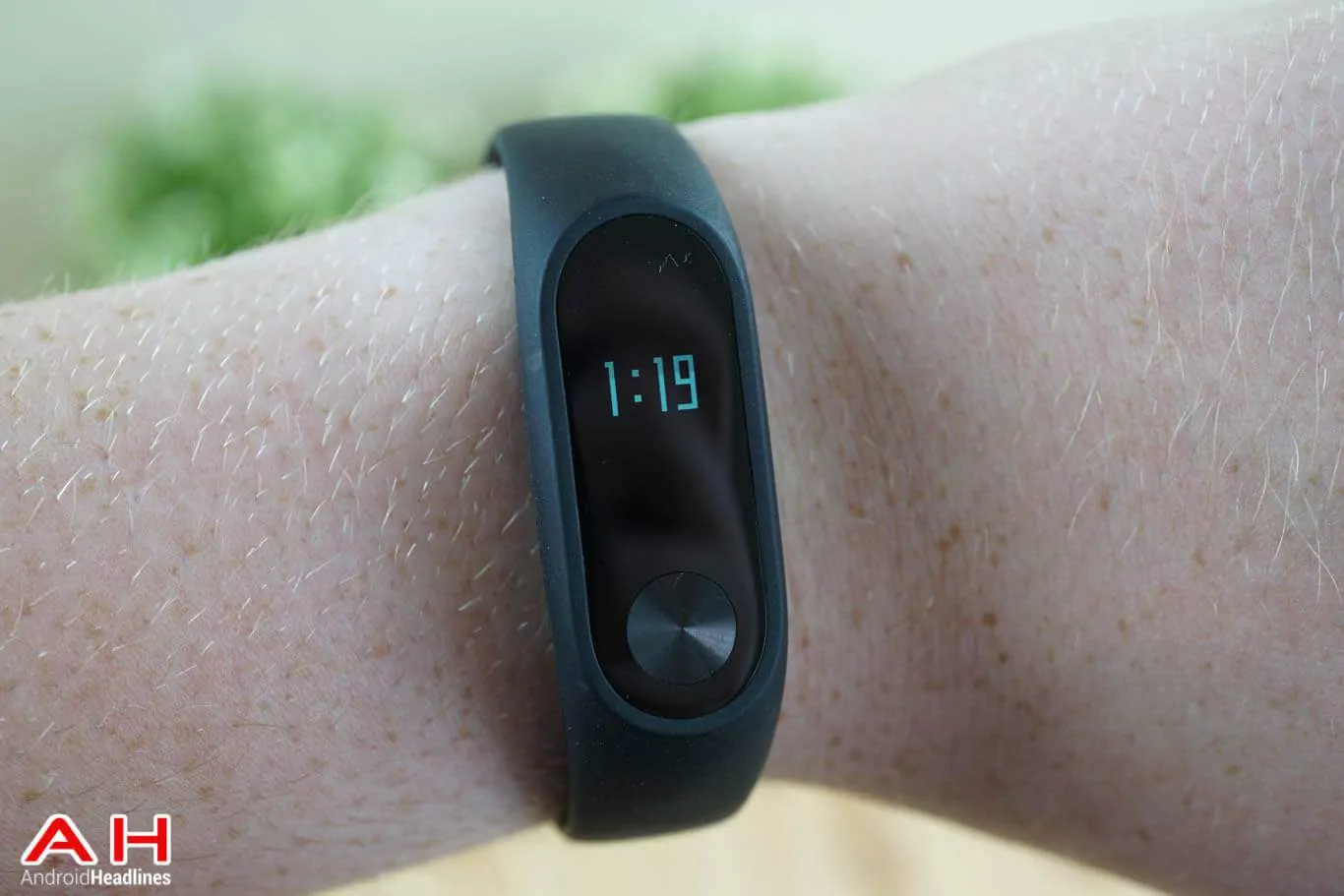The global wearable electronics market will hit 289.5 million units moved by 2023, according to a new Research and Markets report titled ‘Wearable Electronics Market: Global Industry Trends, Share, Size, Growth, Opportunity and Forecast 2018-2023.’ The firm bases that prediction on an estimate that compound annual growth rate (CAGR) will average at around 16.5-percent over the five-year period ending in that year. More succinctly, that’s following a growth which saw the market grow to 115.8 million wearable units in 2017. The market itself is naturally segmenting at the same time, into groups based on region, expertise, and application. That, in turn, drives competition among companies and organizations in each respective category.
Primarily, that growth has been driven by the healthcare industry and fitness wearables. In fact, smart bands hold a clear lead among the market’s various product type categories, which range from smart watches and head-borne displays to smart clothing and smart glasses. Those are, of course, devices such as the Fitbit Charge 3 or Xiaomi’s Band 3. Typically those record and detect various health and quality-of-life metrics. However, it also includes smart bands that can detect falls, heart problems, and seizures, among other immediate medical issues, giving users and healthcare professionals more tools to promote and ensure better standards of living. A focus on other aspects of safety and healthy living are also helping to drive sales of wearables and range from keeping tabs on children to personal accountability. Looking past those, based on market segmentation along lines of networking and positioning, power supply, sensing, optoelectronic and display, and control and interface components, the number of available applications is only likely to increase as new uses are discovered. That will almost certainly be accelerated by next-generation technologies such as 5G become widespread.
Meanwhile, the components being used in those devices are diverse in terms of how they can be used, driving the overall compartmentalization of manufacturers. Motion sensing components seen in fall-detection in wearables are also seeing use in VR and AR market segments as manufacturers aim to improve the level of immersion experienced by end-users. Fitness and motion measuring components are similarly being used to help enterprise companies gauge and improve productivity and efficiency. Those two areas of focus also overlap, with AR, VR, and camera components making their way into a huge variety of industries where taking measurements or accessing information hands-free is beneficial.

